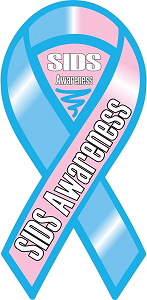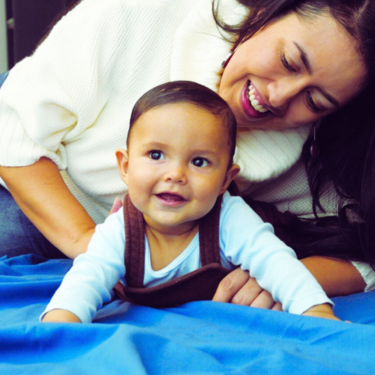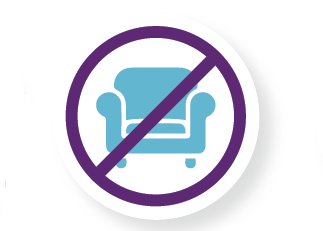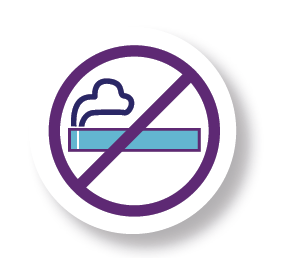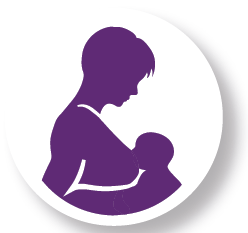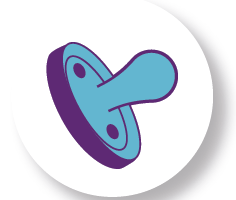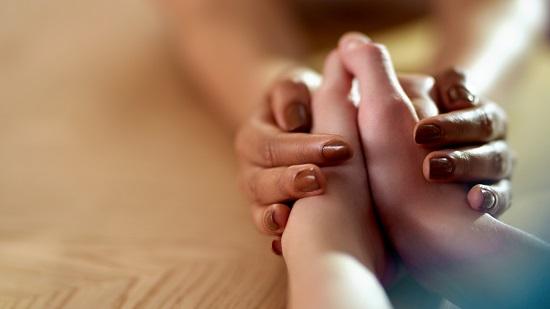Every day, families around the world welcome a new baby into their lives. They face joys and challenges in helping baby stay safe and healthy. Still, thousands of babies die suddenly and unexpectedly in the United States each year—often while they are sleeping.
Different groups use different terms to describe the death of a baby during sleep, such as:
-
Sudden Unexpected Infant Death (SUID)—This broad term describes all sudden, unexpected infant deaths, including those from a known cause, like an injury, and those from unknown causes.
-
Sudden Infant Death Syndrome (SIDS)—SIDS is a sudden, unexpected death of a baby younger than 1 year of age that doesn’t have a known cause even after a full investigation.
-
Other sleep-related deaths—This term describes deaths from something in or related to the baby’s sleep environment, how or where the baby sleeps, or things that happen during sleep.
Other sleep-related deaths occur when baby can’t breathe, such as from:
-
Entrapment or wedging: Baby’s body or head gets stuck between two objects, like a mattress and wall, bed frame, or furniture
-
Suffocation: Something, such as a pillow or adult’s arm, covers baby’s face or nose
-
Strangulation: Something presses on or wraps around baby’s neck
No matter what it is called, the death of a baby during sleep is a tragedy. The actions described here can help parents and caregivers reduce baby’s risk of SUID, SIDS, and other sleep-related deaths.



